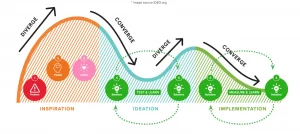
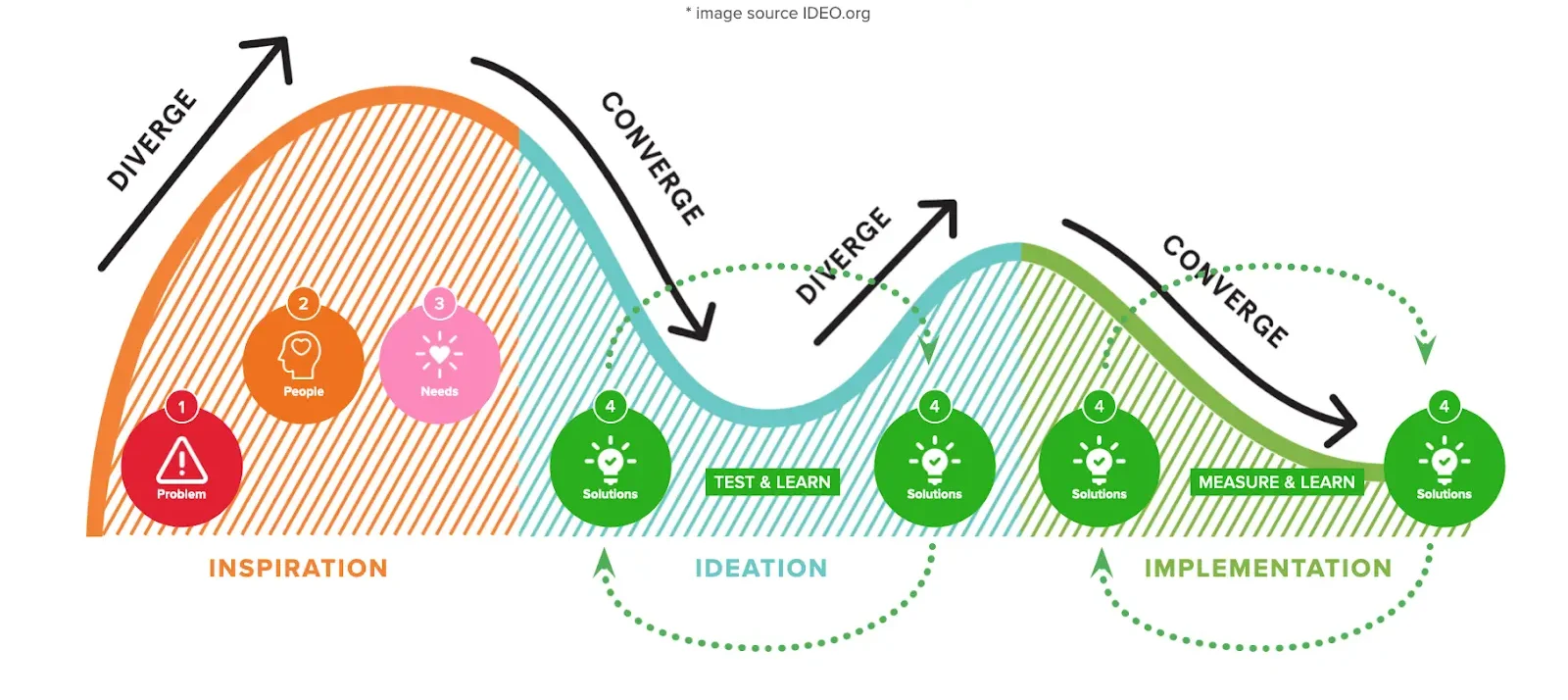
Contents
If you’ve ever made a queue of songs on Netflix, tracked a friend’s Ola journey home or Swiggy’d a pizza for dinner, you’ve benefited from a human-centered approach to design. Human-centered design is what makes a product or service so easy and seamless to use for a person, so synced with what you want and how you use it, that you don’t even notice how brilliant it is. That is the magic of human-centered design!
What is Human-Centered Design (HCD)?
Human-centered design (HCD) is an approach to design that places real people at the center of problem-solving. At every phase of the design process, consideration of the customers and their context comes first. This is a step above user-centered design, which tends to focus on the way people use things, not their psychological and emotional needs.
According to Don Norman, director of Design Lab, University of California, San Diego, human-centered design is user-centered design, but just a bit later in time. The name evolved over time as design got more empathetic and personalized the user to individual people with personalities, likes and dislikes and behaviours.

Human-Centered Design in Action
A great example of human-centered design in action is a children’s toothbrush that’s still in use today. In the mid-nineties, Oral-B asked global design firm IDEO to develop a new kid’s toothbrush. Rather than replicating what was already on the market—a slim, shorter version of an adult-sized toothbrush—IDEO’s team went directly to the source; they watched children brush their teeth.
What they realized is that kids had a hard time holding the skinnier toothbrushes their parents used because they didn’t have the same dexterity or motor skills. Children needed toothbrushes with a big, fat, squishy grip that was easier to hold on to.
“Now every toothbrush company in the world makes these,” says IDEO Partner Tom Kelley. “But our client reports that after we made that little, tiny discovery out in the field—sitting in a bathroom watching a five-year-old boy brush his teeth—they had the best-selling kid’s toothbrush in the world for 18 months.”
Had IDEO’s team not gone out into the field—or, in this case, children’s homes—they wouldn’t have observed that small opportunity, which turned a big profit for Oral-B.
Principles of Human-Centered Design
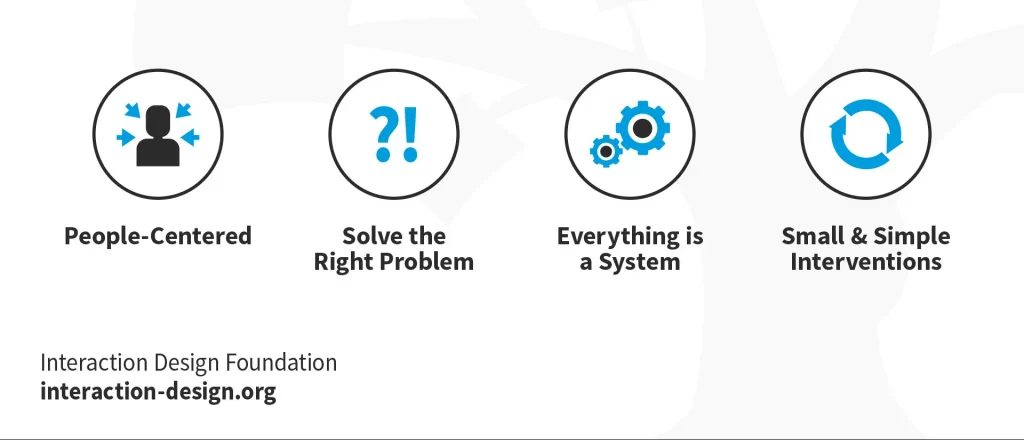
Human-centered design is a practice where designers focus on four key aspects. They focus on people and their context. They seek to understand and solve the right problems, the root problems. They understand that everything is a complex system with interconnected parts. Finally, they do small interventions. They continually prototype, test and refine their products and services to ensure that their solutions truly meet the needs of the people they focus on.
The 4 principles are –
- People-centered: Focus on people and their context in order to create things that are appropriate for them.
- Understand and solve the right problems: Understand and solve the right problem, the root causes, the underlying fundamental issues. Otherwise, the symptoms will just keep returning.
- Everything is a system: Think of everything as a system of interconnected parts.
- Small and simple interventions: Do iterative work and don’t rush to a solution. Try small, simple interventions and learn from them one by one, and slowly your results will get bigger and better. Continually prototype, test and refine your proposals to make sure that your small solutions truly meet the needs of the people you focus on.
The Start of Human-Centered Design
Human-centered design as an approach to creative problem-solving is often traced back to the beginning of the Stanford University design program in 1958. There, Professor John E. Arnold first proposed that engineering design should be human-centered.
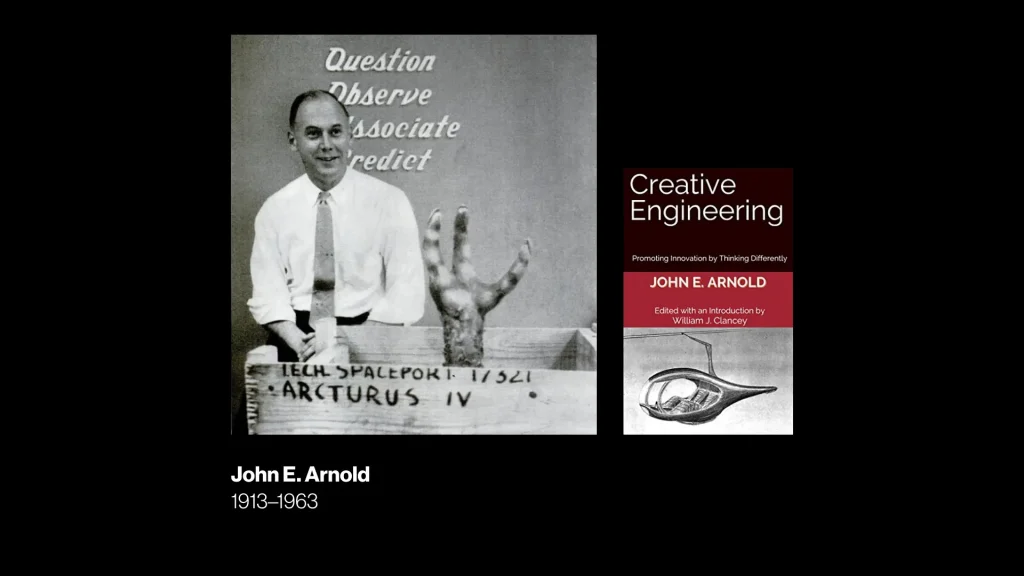
In the mid-1960s, design theorist Horst Rittel introduced the term “wicked problems” to describe problems that are difficult to solve, such as homelessness and social injustice, because they consist of requirements that are incomplete or contradictory.
Consequently, wicked problems require a problem-solving approach that is adaptable and centered on human behavior. Thus, HCD emerged to fulfill this need and took off from there.
The Evolution of Human-Centered Design
Donald Norman, who was a cognitive scientist and usability engineer, was instrumental in this journey, especially through his seminal work “The Design of Everyday Things,”
When he started his design practice in the early 1980s, designers were looking for a way to improve and evolve the design process. They started by examining early computer systems that were so complex that people were struggling to use them efficiently. He remembers, for example, that the early Unix system Ed did not prompt you to save your work when you turned off the computer, leading to a lot of frustration with people losing work they had done the previous day. Highly visible prompts like the ones we have today were yet to come.
From no save prompts at all, to the “Do you want to save changes” dialog box, to auto-save; the save functionality in documents has been iterated over the years to improve the experience for people working with these tools.
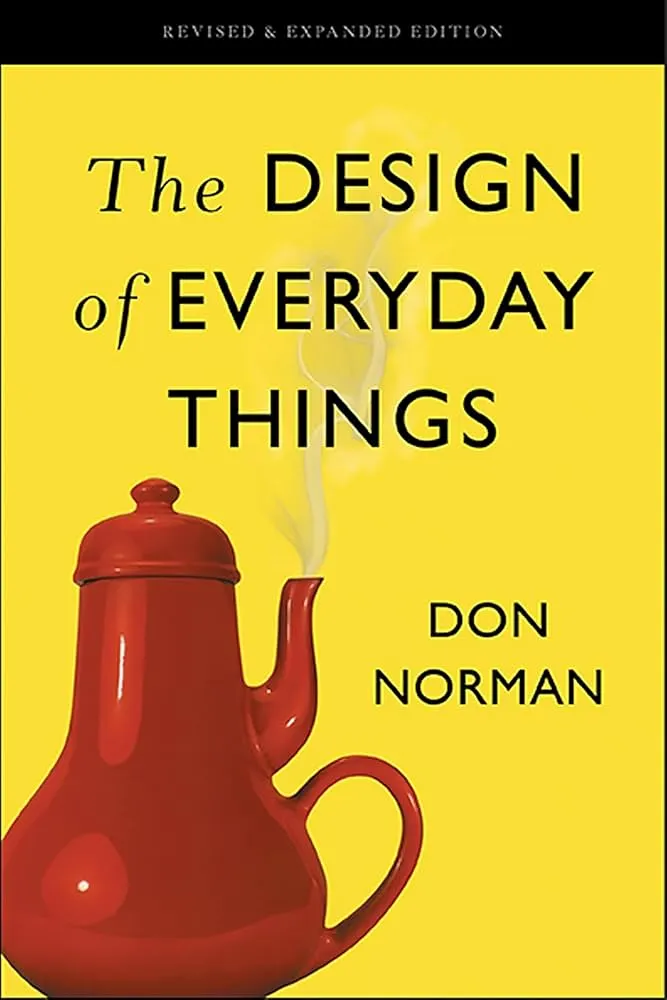
Don Norman also studied the control rooms of potentially hazardous industrial centers and aviation safety. Following the Three Mile Island nuclear accident in 1979, he was involved in analyzing the causes and potential solutions. A partial meltdown of a power-station reactor had released dangerous radioactive material into the environment. The problem centered around, not the highly competent staff members, but the design of the control room itself.
From design mistakes such as this, the team learned crucial lessons. It was clear that designers had to accommodate the human needs of their systems’ usership. There could be no room for ambiguity or misleading controls, for instance. Designers would instead have to anticipate human users extensively through how each system looked, worked and responded to them, which aligns with circular economy principles to maximize resource efficiency and sustainability.
So, rather than focus on the aesthetics of the interface and the design itself, designers needed to understand and tailor experiences for the people at the controls, accounting for their various states of mind while interacting with and reacting to changes in the system. To avoid disasters, the dehumanizing idea of “users” had to vanish so designers could put people first in design. It was time for human- or, better still, people-centered design
Exploring the Ethics of Human-Centered Design - Good, Bad or Ugly?
Human-centered design promised designs revolving around human experience and usability. It aimed to create airplanes that were safer, cars that were safer and easier to operate, and products and services that resonated with users on a personal level. However, as the decades progressed, this user-focused approach subtly shifted to individualistic, consumer-centric, profit-garnering desires, often at the expense of broader societal and environmental considerations.
This is most evident in how digital products are designed and developed. Many studies have revealed concerning evidence about the negative impacts of social media platforms on people and society, like exacerbating issues related to mental health and body image.
Over time, the focus on crafting user experiences for the primary benefit of business profits fueled disregard for human well-being and led to dark UX patterns (design strategies used in digital products and services crafted to manipulate or trick users into making decisions they might not have made if they were fully informed or aware).
This contradiction highlights a significant gap between the ideal of human-centric design touted in theory and the profit-driven realities that shape actual design practices, raising questions about the ethics and long-term impact of such approaches in industry.
According to Julian Scaff, Interaction Designer and Futurist, ArtCenter College of Design, California, the shortcomings of human-centered design underscore the need for a paradigm shift. We need a community-centric and planet-centric design philosophy that emphasizes collective well-being and environmental sustainability. This approach balances individual needs with society’s and the planet’s health. 5
These are not new ideas. They just need to be done.
We need to integrate environmental science, sociology, and ethics insights into the design process.
We need a shift in business culture, from tech startups to multinational corporations, prioritizing long-term sustainability and a circular economy over short-term profits and infinite growth. We need to weave human-centered design principles into the company’s structure, metrics, and culture.
This will be a true triumph of human-centered design.
Related articles


Turning Coconut shells into packaging for cosmetic brands – the story of Agropak
